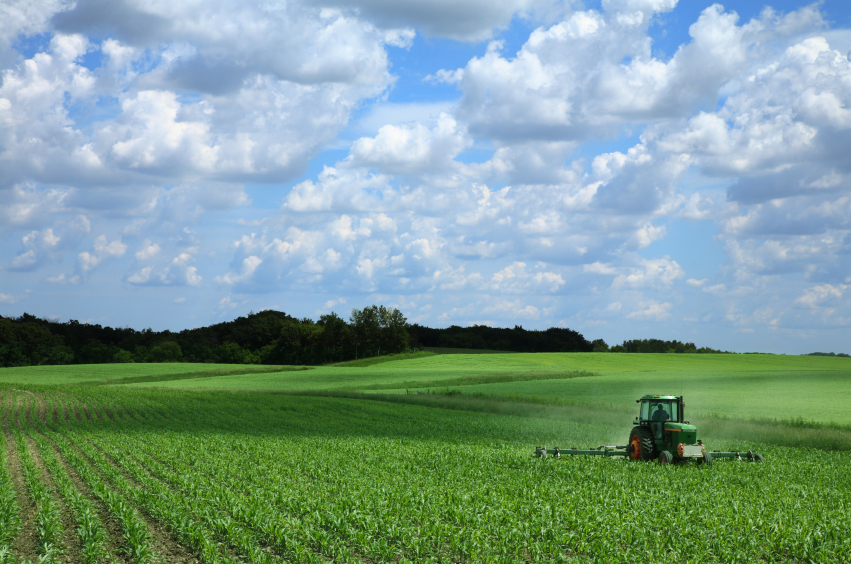This case study is excerpted from our latest free guide, The Future of Digital Public Services. For the full case study, and many more like it that explore how digital services can transform your agency, download the guide here.
As with many public-sector agencies, the Agriculture Department’s National Resource Conservation Service (NRCS) is looking for a way to provide more services with fewer resources. It turned to technology to find the solution, but the agency’s transformation began long before IT got involved.
NRCS is the second largest agency within USDA. Its mission is to lead a partnership effort to help people conserve, maintain and improve the country’s natural resources. “Helping people help the land,” its mission states. This distinguishes NRCS from the U.S. Forest Service, which is charged with conserving and maintaining public-owned lands.
NRCS works with private landowners to help them with their conservations needs, taking them through nine steps of conservation planning, which include identifying a problem or opportunity to implementing a formulated plan. Examples of issue areas are soil loss from erosion, water quality, water conservation and air quality.
However, because of changes in the U.S. Farm Bill and other regulatory mandates a few years ago, the agency went from a $100 million to a $4 billion budget. The problem is that NRCS currently has 500,000 to 750,000 engagements with its customers per year, the majority of which are via phone calls or visits to USDA offices. Before the expansion, the agency’s field staff – called field conservationists – spent 75 percent to 85 percent of the time in the field with farmers, helping them put a plan together to achieve their land objectives. However, the agency has found itself entrenched in administrative mandates that have limited the amount of field time available for conservationists, forcing them to remain in the office and have stakeholders come to them. This focus on administrative tasks has limited the effectiveness of NRCS.
To better understand the changes under way at NRCS, GovLoop spoke to NRCS Chief Technology Officer Christine Calvosa.
Because of the increased administrative workload NRCS staff face, the agency was not taking advantage of the workflow automation or multichannel citizen engagement options and technologies that are available.
“What we want to do is access our landowners in different ways,” Calvosa said. “We’re trying to provide field conservationists with digital solutions that allow them to complete a majority percentage of steps out in the field, with the farmers and stakeholders, and then maybe just a couple of small things administratively in the office.”
To read the full story of how the NRCS is successfully digitizing their business processes, click here to download the full guide.




Leave a Reply
You must be logged in to post a comment.